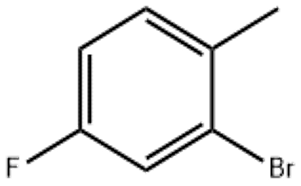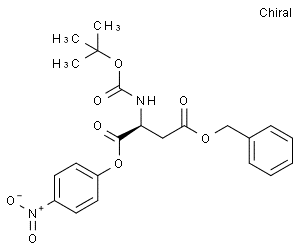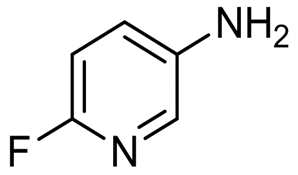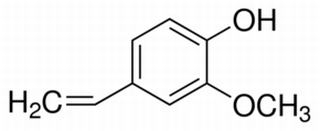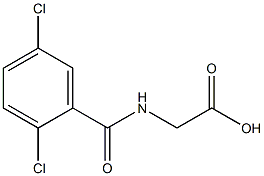Vanillylacetone(CAS#122-48-5)
| Risk Codes | 36/37/38 – Irritating to eyes, respiratory system and skin. |
| Safety Description | S26 – In case of contact with eyes, rinse immediately with plenty of water and seek medical advice. S36 – Wear suitable protective clothing. |
| WGK Germany | 2 |
| RTECS | EL8900000 |
| TSCA | Yes |
| HS Code | 29333999 |
Introduction
4-4-Hydroxy-3-methoxybutyl-2-one, also known as 4-hydroxy-3-methoxypentanone, is an organic compound. The following is an introduction to some of its properties, uses, manufacturing methods and safety information:
Quality:
- Appearance: Colorless or light yellow liquid or solid.
- Solubility: Soluble in organic solvents such as ethanol and dimethylformamide, insoluble in water.
- Toxicity: The compound is toxic and requires necessary safety measures when inhaled or in contact with the skin.
Use:
- Chemistry experiments: It can also be used as a reagent for certain chemistry experiments.
Method:
The preparation method of 4-4-hydroxy-3-methoxybutyl-2-one can be achieved by organic synthesis under appropriate conditions. There may be several ways to prepare it, but here is one of the possible methods:
Dissolve an appropriate amount of pentanone in an organic solvent.
Add excess sodium hydroxide solution.
At a constant temperature and pressure, methanol is slowly added dropwise into the reaction mixture.
With the addition of methanol, 4-4-hydroxy-3-methoxybutyl-2-one is formed in the reaction mixture.
The product is further processed and purified to obtain the final compound.
Safety Information:
- This compound is somewhat toxic and should be avoided by direct inhalation or skin contact.
- Appropriate safety measures must be taken when in use, such as wearing chemical goggles, wearing chemical gloves and protective clothing.
- Waste disposal: Waste is mixed with suitable solvents and disposed of by a qualified waste disposal facility in accordance with local regulations.



